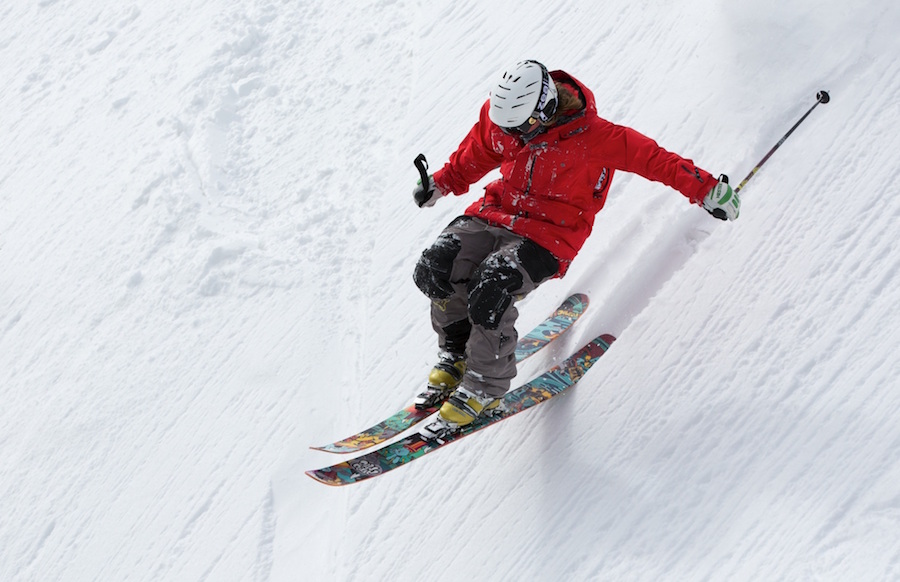
You likely already know that chiropractic care can help you manage chronic pain, improve your posture, and potentially boost your athletic performance. What you may not know is that chiropractic treatment can also help support your immune system, which is especially critical during the winter cold and flu season.
Strong immune function is essential in order to avoid succumbing to illness when our bodies are exposed to viruses and bacteria. Regular chiropractic care can provide the defense you need to remain healthy.
How Chiropractic Care Affects Your Immune System
Much of how our bodies behave is interconnected with other functions and systems. In humans, the nervous system, immune system, and endocrine system are all linked to one another. These three systems communicate by using tiny chemical messengers, specifically a compound called interleukin-2 (IL-2). An increase in IL-2 and improved function of critical immune system cells called T-cells are commonly experienced by those who have recently undergone a single chiropractic adjustment session.
[Related: Benefits of and Important Reasons for Regular Chiropractic Adjustments]
The improved performance of the T-cells and increased presence of IL-2 results in a stronger, more robust immune system response. Connect the dots and it becomes clear that chiropractic care has the power to cause improved immune function, thereby helping your body stave off disease and infection and better recover from them. For instance, one study conducted during the Spanish Influenza Pandemic of 1918 revealed that those receiving chiropractic care were much more likely than the average infected person to survive their infection.
Chiropractic Care Offers a Wide Range of Benefits
Depending on the reasons for seeking chiropractic care, you can expect a host of real benefits from regular adjustments. From decreased levels of pain to improved immune function, chiropractic care can offer even more than an aligned spine.
If you are interested in the potential benefits of chiropractic adjustments, contact Spencer Chiropractic today. Let’s work together to help you enjoy a better wellbeing!
Image via Tina Franklin




